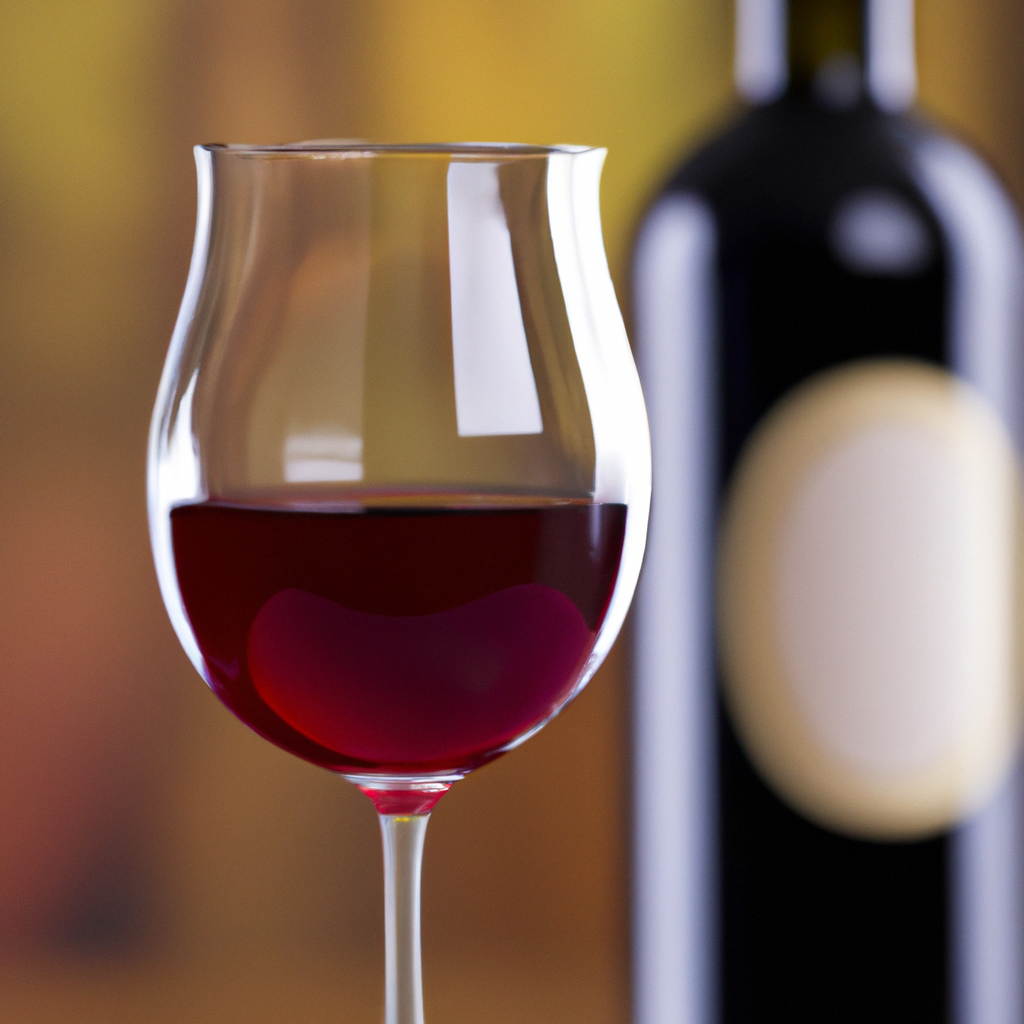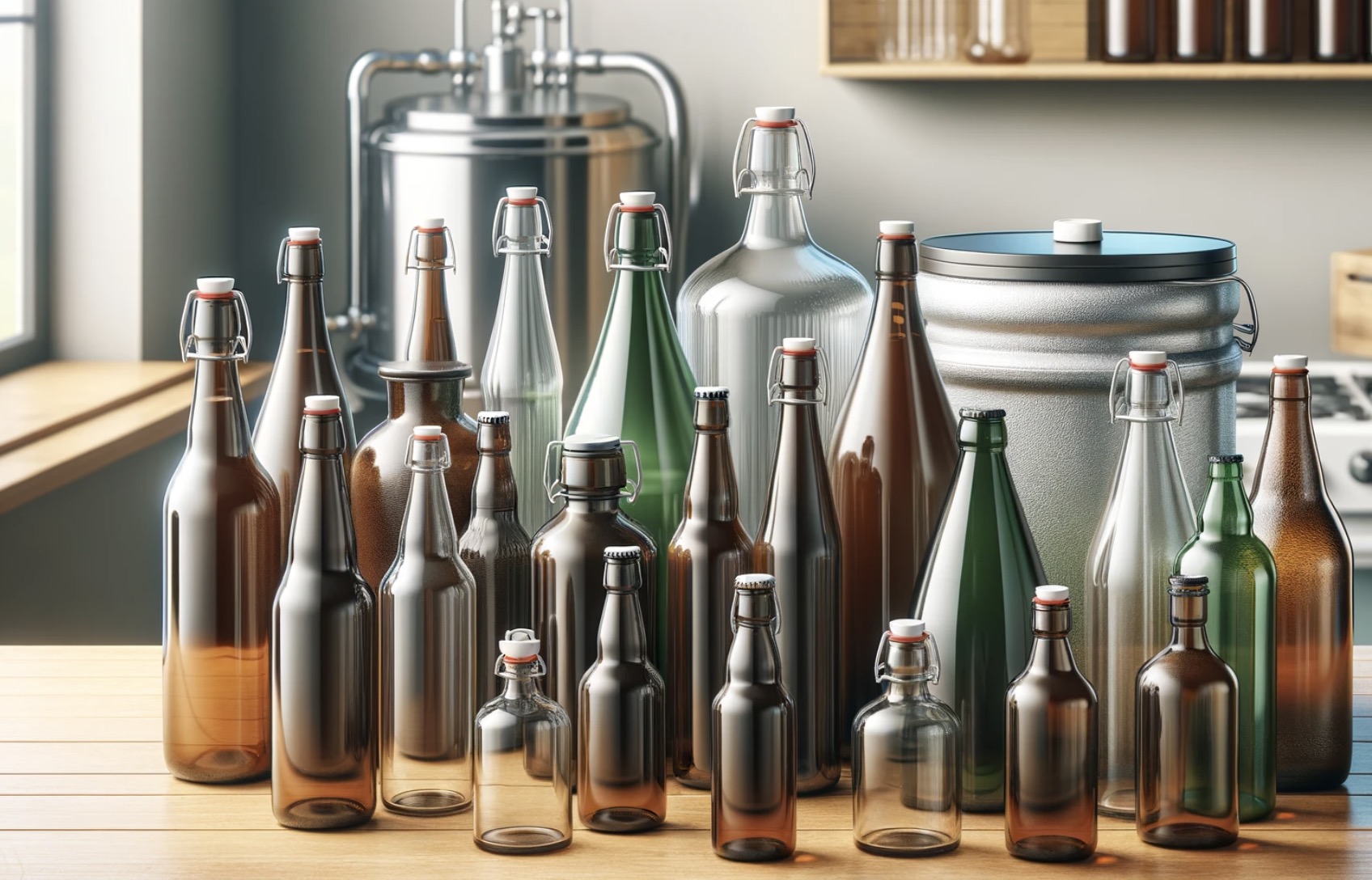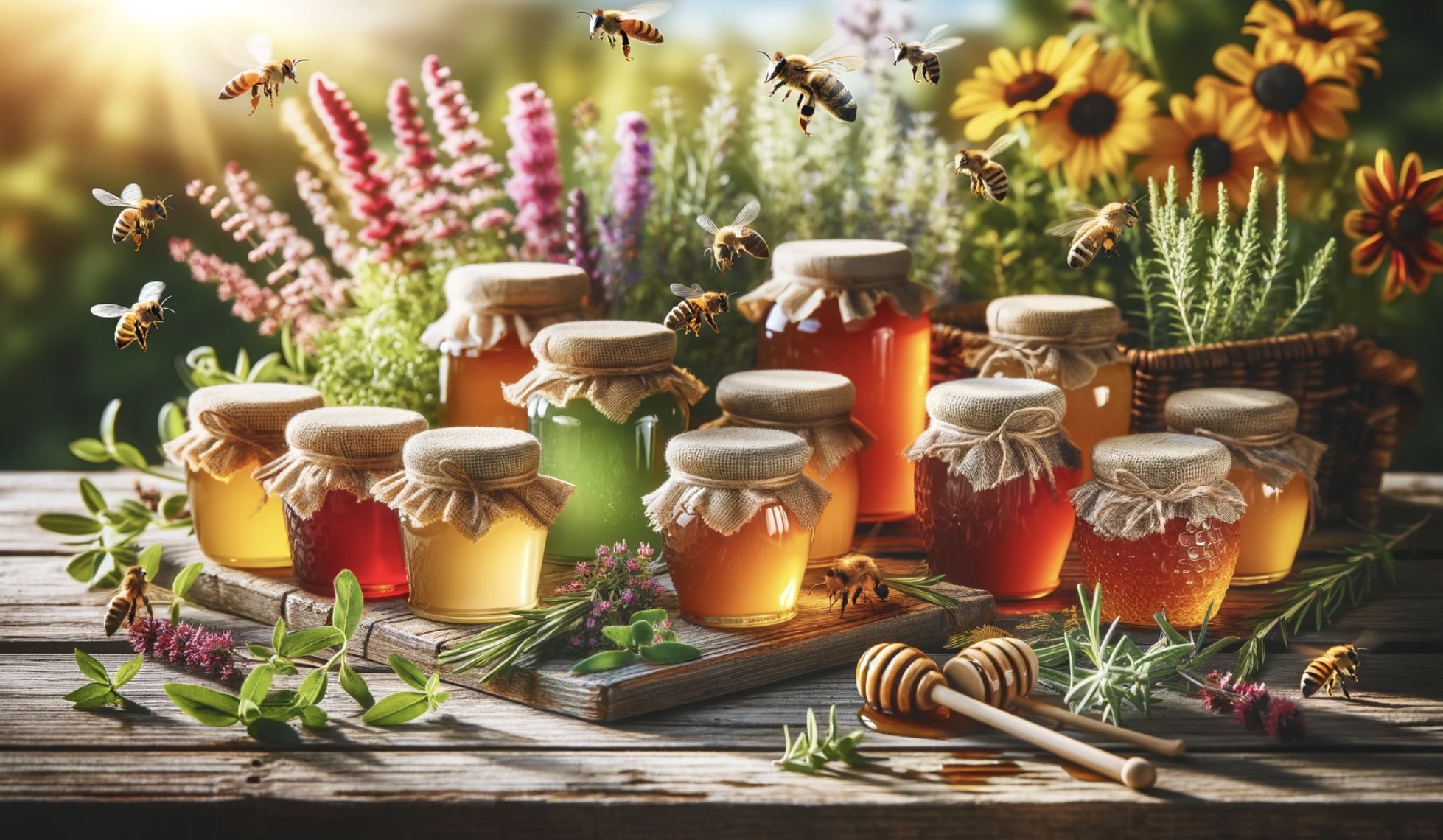Wine is a popular alcoholic beverage that has been enjoyed for centuries around the world. It is made from grapes and other fruits, but how wine is actually produced may not be widely understood.
The process of producing wine can involve fermentation, distillation or both, depending on the type of beverage you are making. So when it comes to wine production, it’s important to understand the differences between fermentation and distillation before answering the question: Is wine distilled?
The short answer is no, most wines are not distilled because the process commonly used to make wine does not include distillation. In fact, pure grape wines (any white or red table wines) are only fermented and never distilled at any point in their production.
The fresh grapes typically go through a period of crushing and pressing to extract as much juice as possible from them – then they ferment naturally using wild yeast strains in a liquid form until they become ready for bottling.
However, there are a few types of fortified wines such as brandy, sherry and port which are made by distilling wine after an initial fermentation phase.
In these cases, a high-proof distilled spirit (usually brandy) will be added during this phase of production which helps preserve the alcohol content in battle against oxidation and also Increase its alcohol volume to 18-20% ABV or higher – such as for port – for long term cellaring durability.
This style of winemaking results in a much sweeter fortified beverage with more flavor complexity than regular table wines made simply through fermentation alone.
Wine is made by fermentation
Wine is created by fermenting grapes using natural yeasts and aging it in wooden barrels. The process of fermentation creates an alcoholic beverage with a distinct flavor.
Different varieties of wine are created through the combination of different grape types and aging methods.
Sherry and port are made by taking this fermented wine and distilling it, creating a stronger and more concentrated flavor.
Red wines are usually made with dark-colored grape varieties like Cabernet Sauvignon and Merlot, while white wines are generally made with lighter colored grapes such as Chardonnay and Sauvignon Blanc. Other varietals and blends may also be used to make different styles of wine.
Different winemaking techniques can give rise to a range of distinct wines, each with their own flavor profile. The length of time the wine is aged and how it is stored can also contribute to its flavour complexity. Common styles include:
- Full-bodied reds
- Light whites
- Sparkling wines such as Champagne
- Sweet dessert wines like Port
- Fortified wines such as Sherry which have been partially distilled for additional strength.
Wine has been produced for thousands of years in almost every corner on earth and continues to be an important part of cultures around the world today.
How Wine is Made
Wine is made through a process of fermentation, which uses yeast to convert sugar molecules present in the fruit into alcohol and carbon dioxide.
Grapes are the most common fruits used to make wine, but other fruits such as apples, pears, and berries can also be used. The fermentation process produces unique flavors and aromas that give wine its distinctive character.
Grapes harvested from vineyards are crushed by a machine known as a grape crusher and separated from their stems through a process called destemming. The stemless grapes are then added to large vats or tanks for fermentation.
During this process, yeast feeds on the sugar molecules found in the flesh of the grapes, producing alcohol and carbon dioxide.
Depending on how long this process takes to complete – typically two weeks – wines will be given designations such as ‘dry’ or ‘sweet’ based on their residual sugars levels.
After fermentation is complete, wines may be aged in barrels or tanks before they can be bottled and sold.
Some wines such as sherry and port undergo additional steps before they are ready: in these cases, grapes are fermented with other ingredients such as herbs or spirits that have been distilled from wine; this is what gives them their distinctive flavor profiles.
Is Wine Distilled?
No, wine is not distilled. While it can be confusing because sherry and port, two types of fortified wine, are made by distilling wine, regular wine is not. Wine is instead made by the process of fermentation, which involves the conversion of sugars in grapes to alcohol.
The Difference Between Fermentation and Distillation
The two main stages in making wine are fermentation and distillation.
Fermentation is the process by which yeast breaks down the sugars, proteins, and other organic compounds in a grape juice or other liquid into alcohol, such as ethanol.
During this process, carbon dioxide is released from the juice.
Distillation of wine occurs when the alcoholic liquid concoction of water and alcohol is vaporized and condensed again to increase the concentration of alcohol in a resulting distilled beverage. This can also be done using freezing or “jacking”, which is used for Apple Jack.

This produces spirits like brandy and whiskey, sherry, or ports that have certain flavour characteristics different from those of dry or sweet wines.
To sum up:
Wine is fermented but not distilled; however, sherry and port are produced by distilling wine. This process concentrates flavors from the grapes used during fermentation, producing a stronger taste than would otherwise be found in an unaltered wine.
How Sherry and Port are Made
Sherry and port are two very popular fortified wines that are made through a process of distillation. The production of sherry and port begins with the harvesting of grapes and their subsequent fermentation, which follows the same method used to make any type of wine.
Then, once this ‘base’ or regular alcohol has been created, it undergoes a process known as distillation which helps to fortify the alcohol content in the beverage to around 17-22% alcohol by volume (ABV).
The distinction between sherry and port becomes clear at this later stage. For instance, in sherry making, the distillation process is conducted within a still – similar to whiskey production – whereas in port making, the distillation comes from blending spirit into the fortified wine before it is bottled.
Once they have received their desired level of fortification, sherry and port wines are aged in an oak cask so that they can mature into a richer flavor profile.
It is during this maturation stage that sherries like fino’s become dry (or light bodied) while those such as olorosos become sweet (or full bodied). Meanwhile ports take on flavors such as rich berries or nuts depending on what type they are aged in:
- wooden barrel
- plastic barrel
- bottle
- Bag in a box etc.
Conclusion
To conclude, wine is not distilled; it is fermented. Sherry and port are made by distilling the fermented grape juice, which modifies the flavor and distinguishes them from other wines. Distillation affects a wine’s taste, color, argumentation and alcohol content substantially more than fermentation alone. While both can be used in winemaking, they are entirely different processes that give different results.
Frequently Asked Questions
Q1: Is wine distilled?
A1: No, wine is not distilled. Wine is made by fermenting grapes, and only sherry and port are made by distilling wine.
Q2: How is wine different from sherry and port?
A2: Wine is made by fermenting grapes and sherry and port are made by distilling wine. Wine is usually served as a beverage, while sherry and port are fortified wines that are usually served as aperitifs.
Q3: What are some differences between sherry and port?
A3: Sherry is typically a dry wine and port is typically a sweet wine. Sherry is made from white grapes and port is made from red grapes. Sherry is typically aged in barrels, while port is typically aged in bottles.




